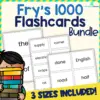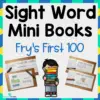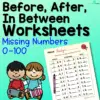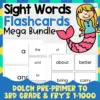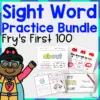Counting is the basis of the more complicated concepts in mathematics. Once the child grasps the base levels, advancing and learning more complex ideas will become exponentially easier.
This article gives you a few fun ideas for making counting more approachable for the kid by gamification of learning.
Great Counting Activities For Kindergarten
Staying on top of our belief that learning doesn’t need to be tedious, we present to you several games and activities to spark creativity. Most of the picked projects are both DIY, fun to set up, and helpful for math classes during the play.
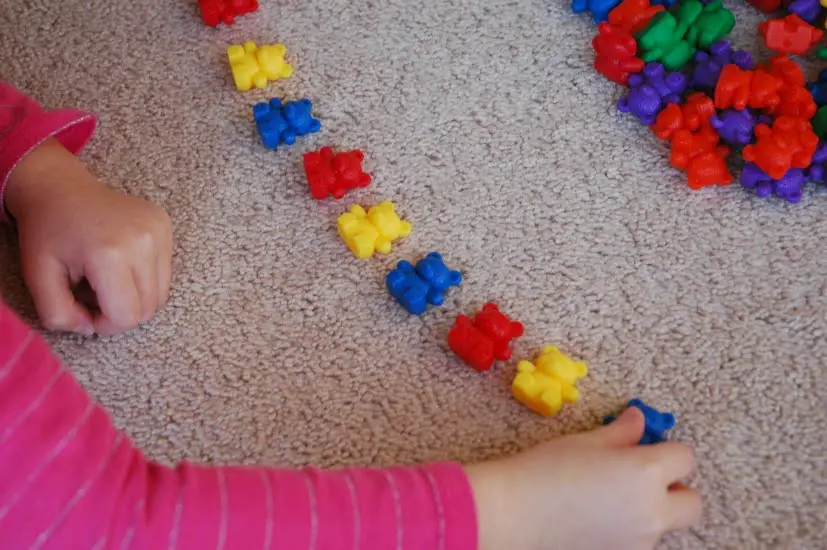
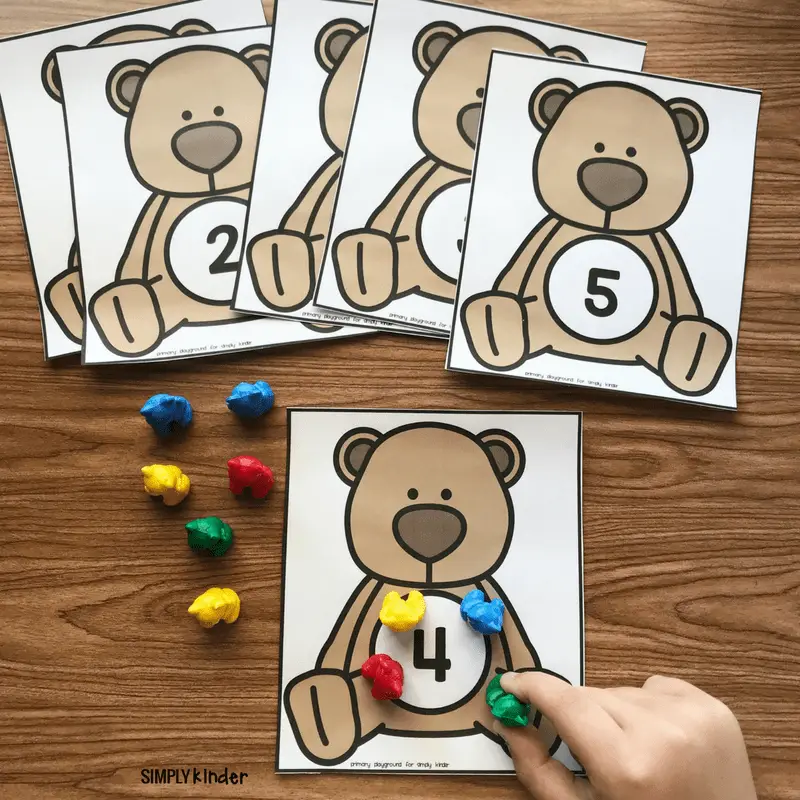
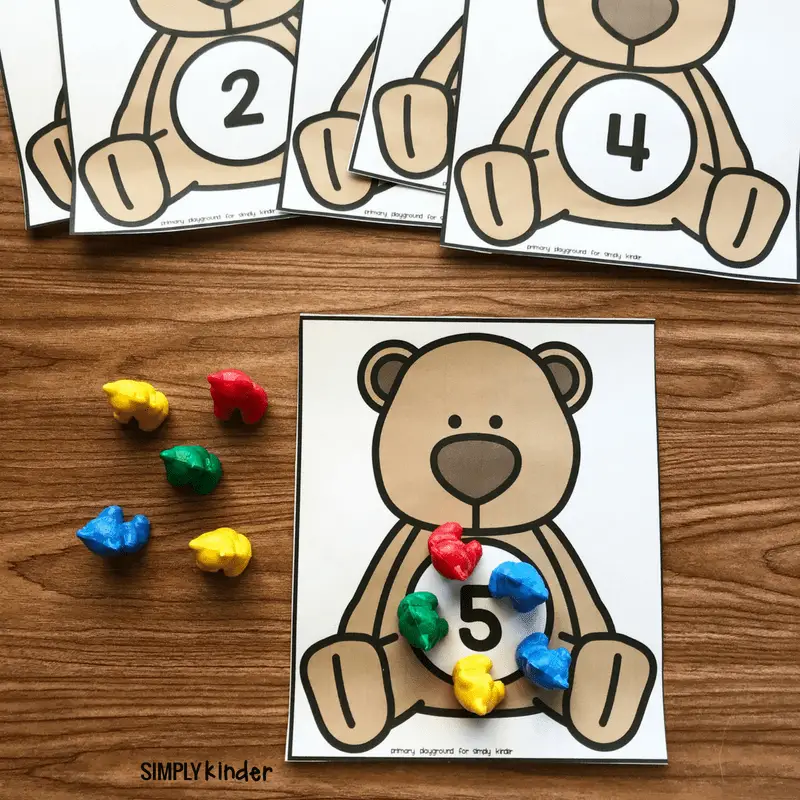
For this activity, you’re going to need:
- Simply Kinder’s bear card printables
- Small counting manipulatives
Laminating the cards will make them reusable and can help them last longer.
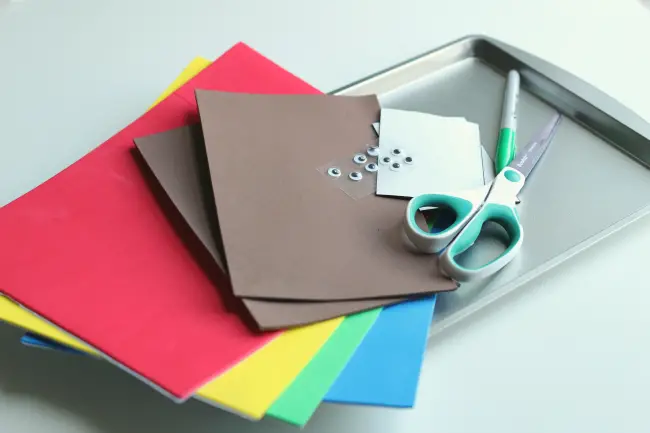
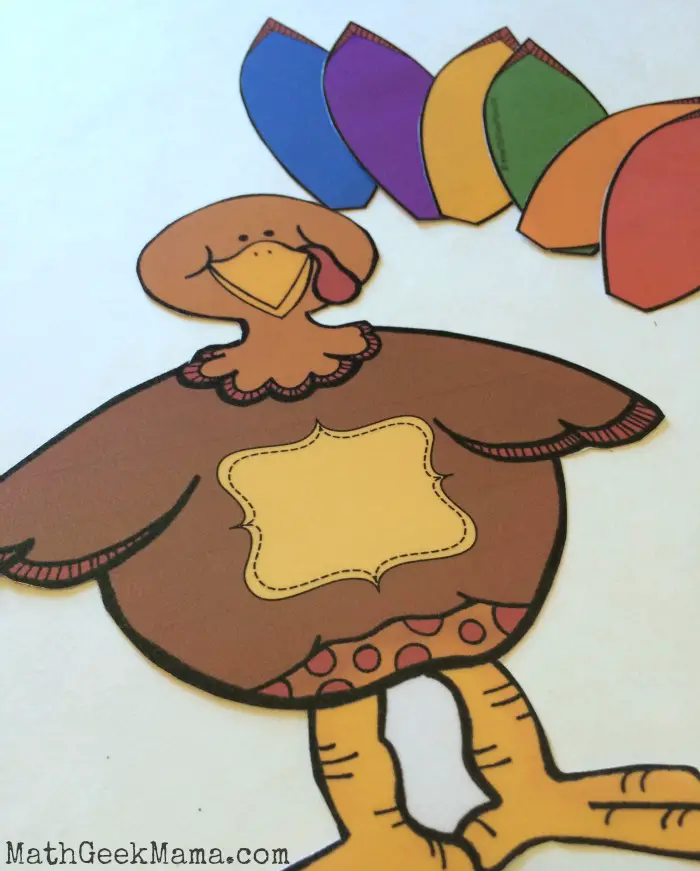
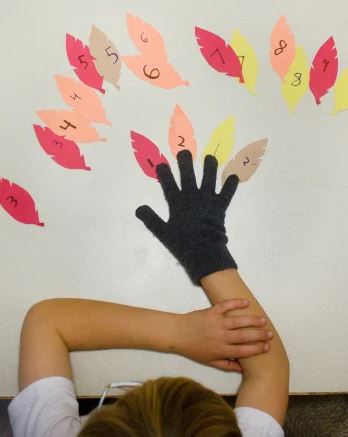
Here you can find the list of supplies you’ll need for this activity:
- Dice
- Brown, red, and orange construction paper
- Scissors
- Marker
You can play this game alone with your child or invite friends. Depending on the number of feathers you have, the game can last longer or shorter.
Education.com, the source where we found this game recommends playing five rounds each before stopping and counting.
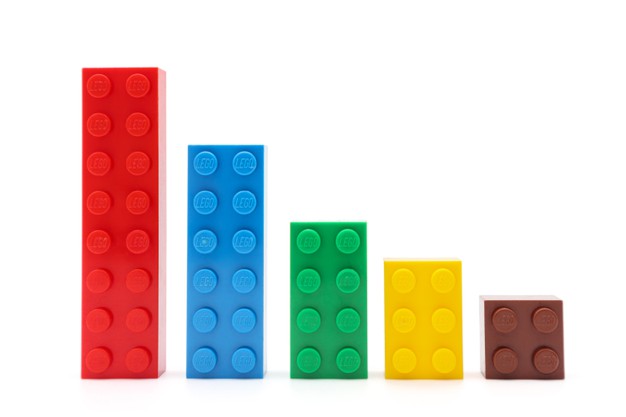
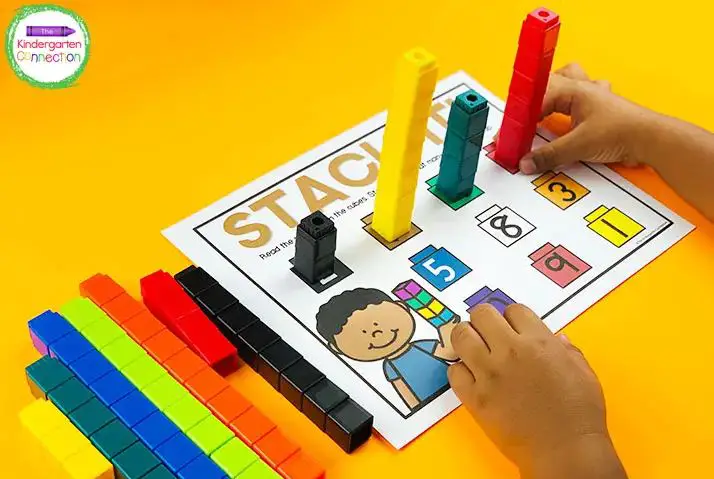
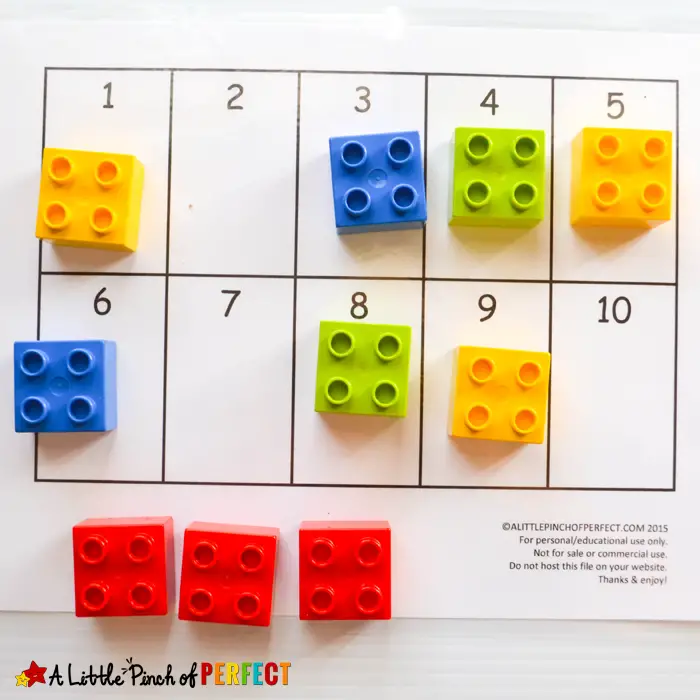
Here’s what you need to get going:
- A printable with colored box locations and numbers on them (laminated is preferable against wear-and-tear)
- Unifix or Lego cubes
Check out the activity and the “Stack it!” printable on thekindergartenconnection.com.
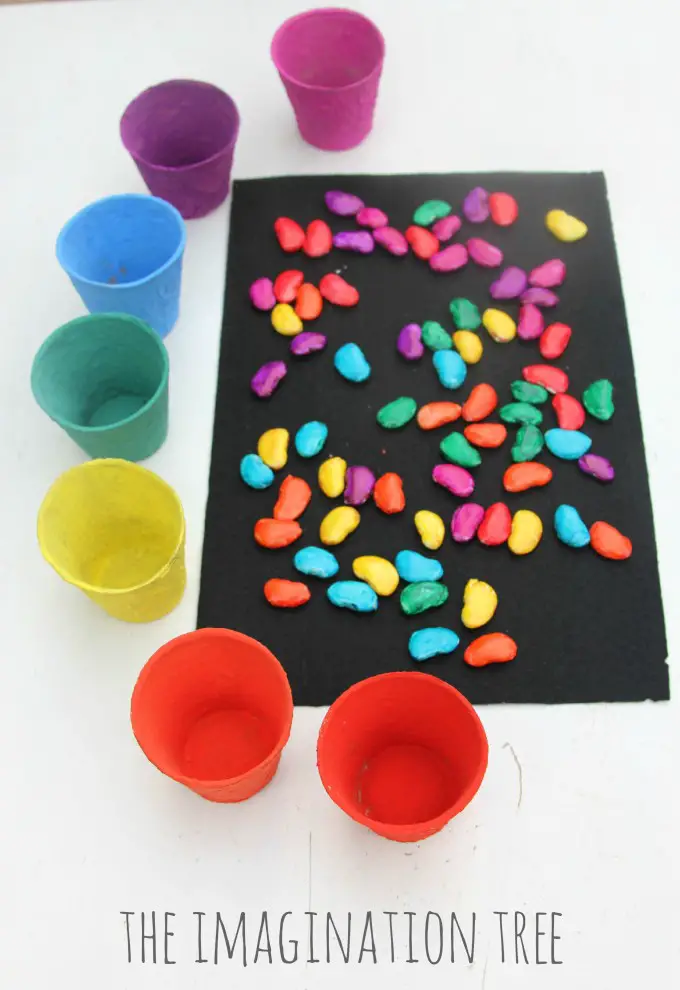
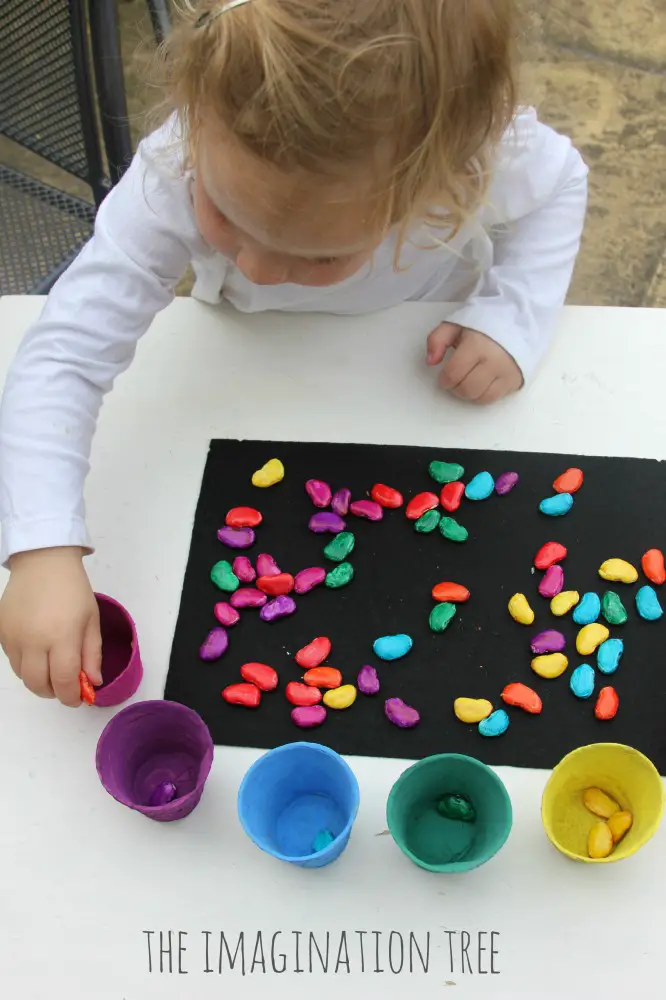
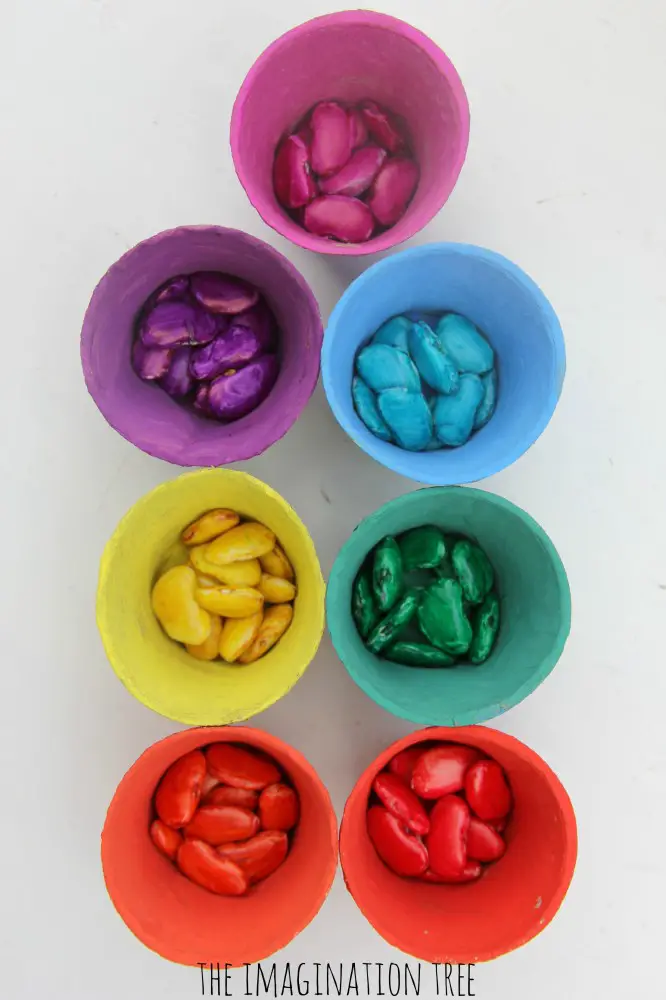
What you’ll need:
- Biodegradable cups
- White butter beans
- Colorful markers
The original source of the activity, theimaginationtree.com, says that, although you have to get your hands messy with colorful markers while painting the beans and the cups, everything is justifiable to see kids happy!
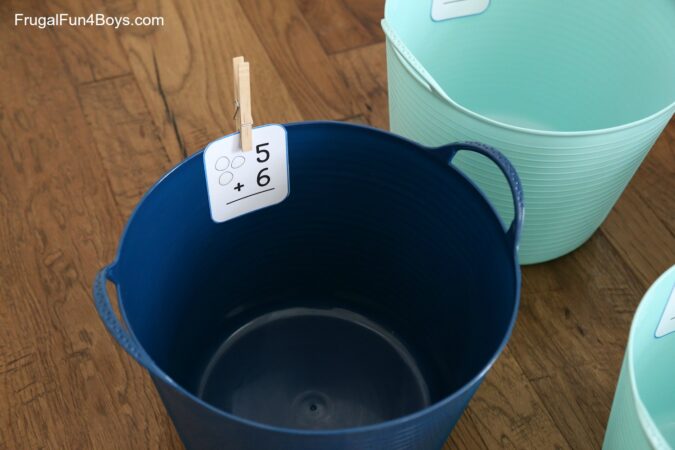
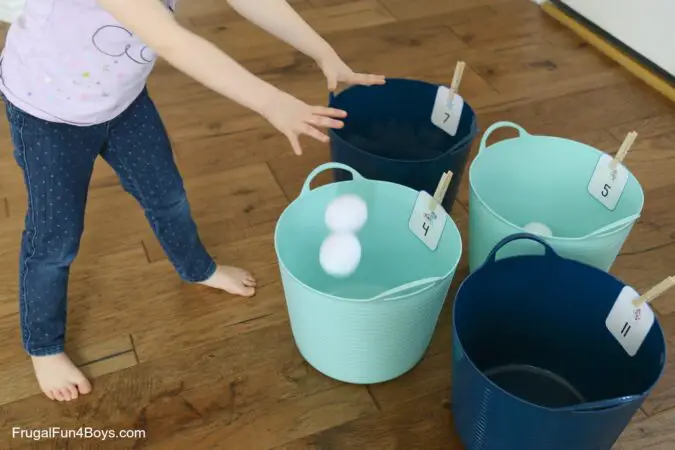
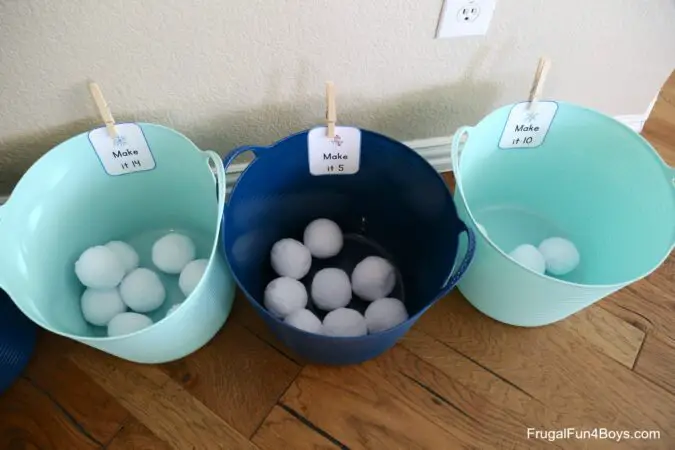
If the child is new to their counting journey, the game can be as simple as tossing up to ten “snowballs” into one bucket. In the future, you can have numerous twists on the game rules.
- Include an addition/subtraction layer by asking questions
- Make it a group activity where each bucket belongs to one participant, and the earliest to reach the needed number will win
- Have a few friends play head-to-head, comparing their results
Here are the materials you’ll need for the activity:
- Paper balls (as many as needed for your target learning number)
- Bucket(s)
Toss the idea around, and you’ll come up with more exciting ones based on this game. For the original one, visit weareteachers.com.
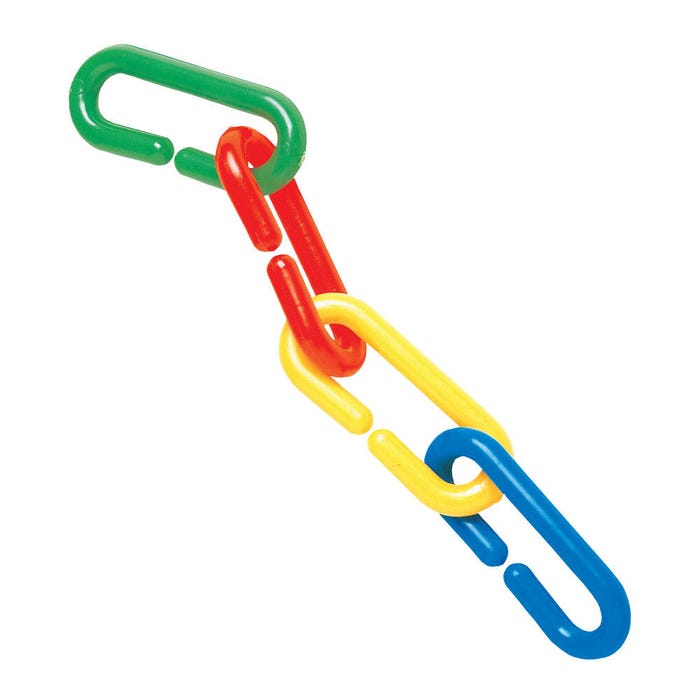
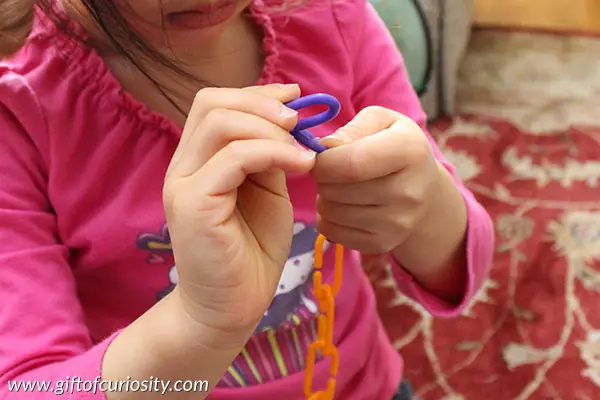

This activity’s most simple variation is connecting as many links to the hole and each other as indicated on the card. Another complication layer can work with colorful manipulatives. You can suggest one of the following:
- Connect only the indicated color (for example, four red links)
- Connect a sequence of two and more colors without letting similar colors connect
You can invent as many rules as you want. The only guideline for you is to keep it fresh and fun. Here’s what you’re going to need:
- Printables with numbers and shapes
- Hole cutter
- Plastic links
This exercise helps the numbers “materialize” into objects for visualization. It’s also easier to see if one number is larger than the other if you have links hanging from the card. We found the original idea on creativekindergartenblog.com.
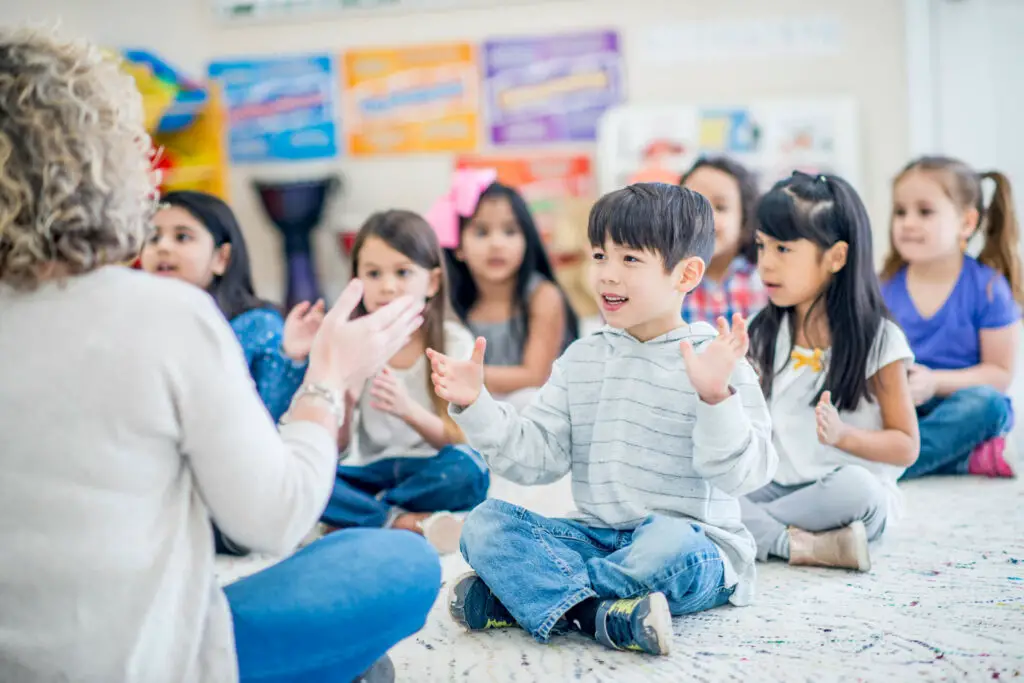
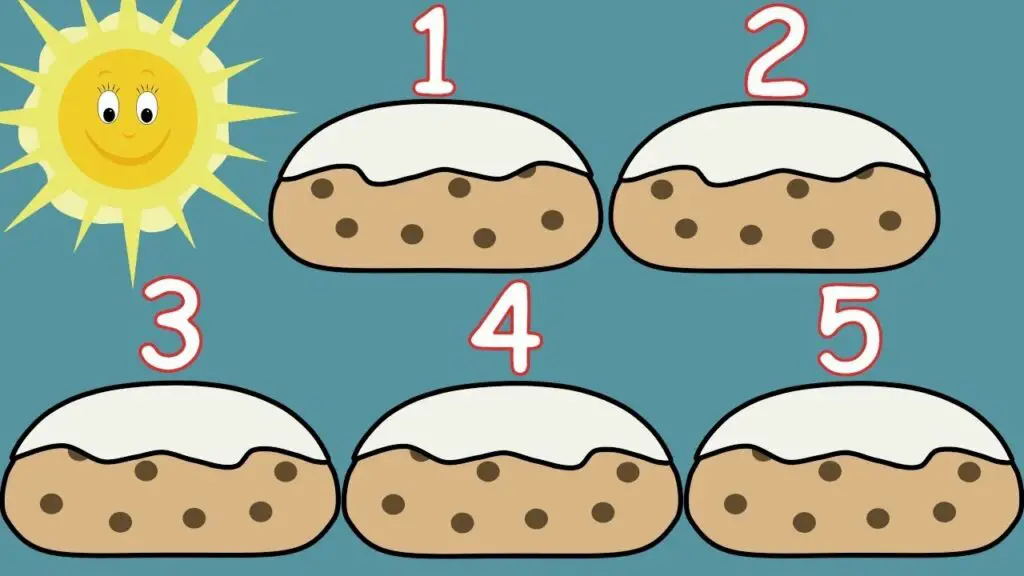
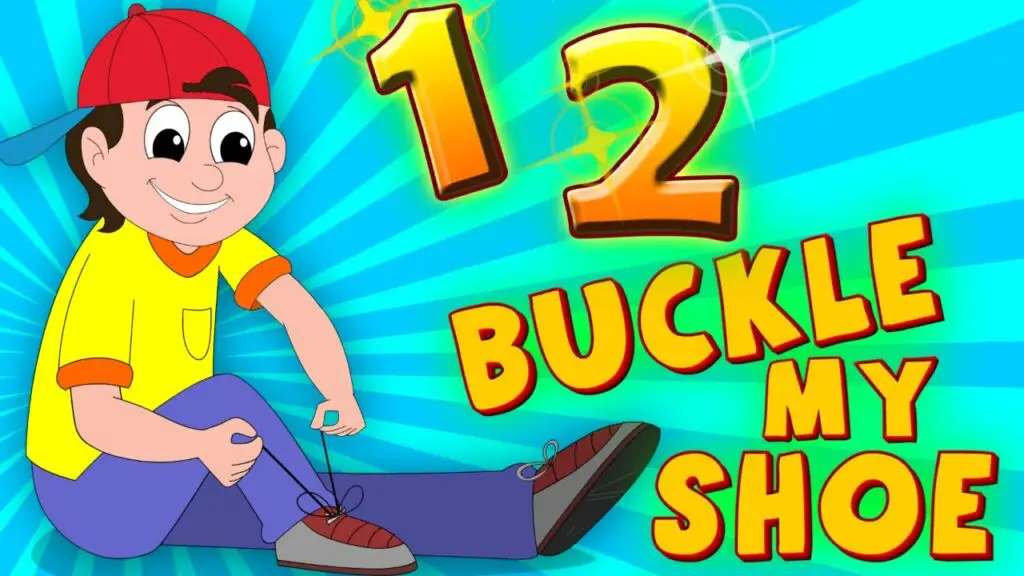
Some other fun songs you can try include:
- “Five Jellyfish”
- “Five Green, Speckled Frogs”
- “Here is the Beehive”
- “Five Little Ducks”
If you’re teaching kindergarten and singing acapella, the only thing you need for this activity is your voice and a bunch of shouting kids. A music player or your smartphone with a speaker is optional. For the complete list of songs, visit howweelearn.com.

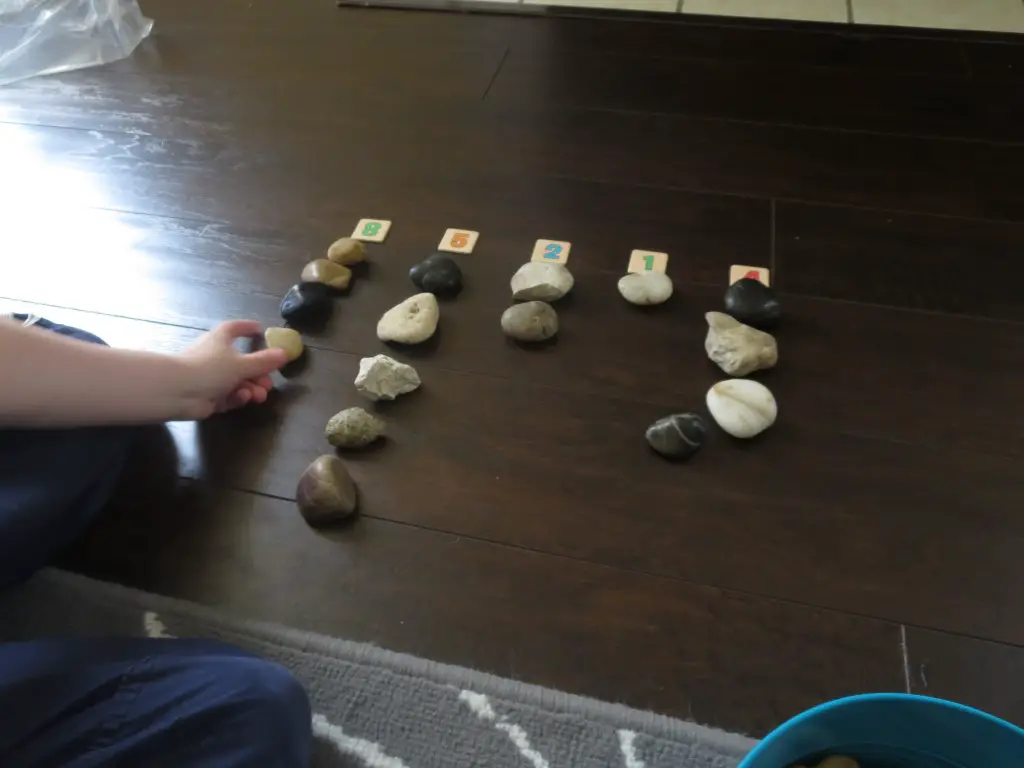
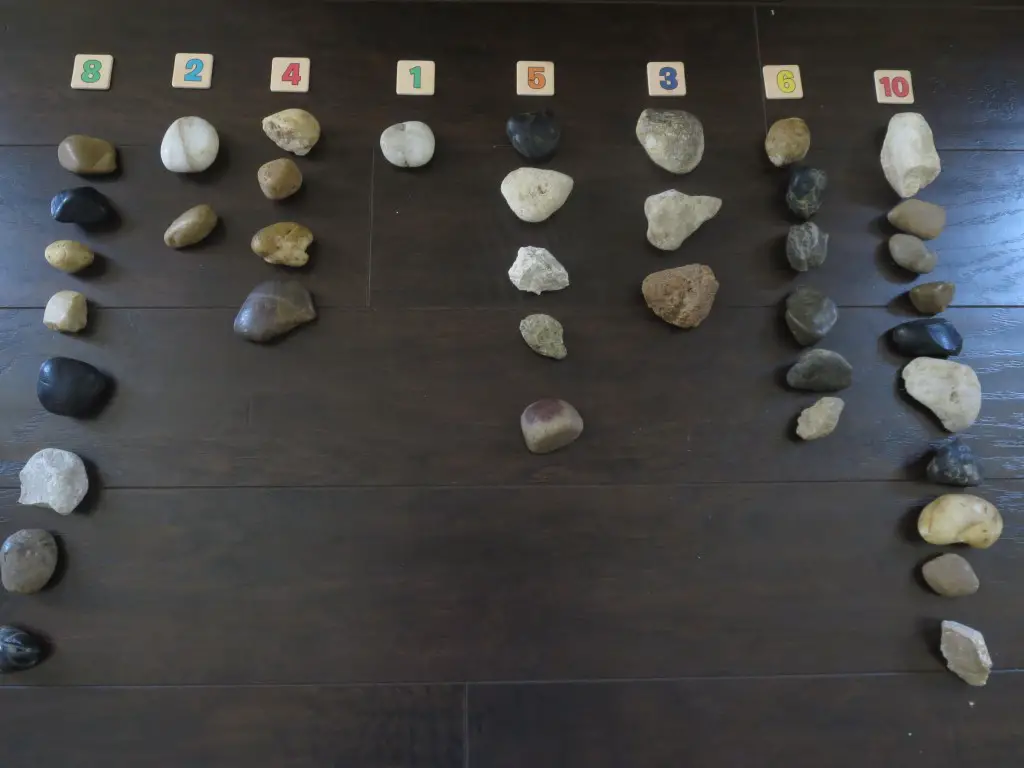
Below is what you need for the exercise:
- Number cubes or cards
- A lot of small-to-medium rocks (buttons, shells, counting bears, or any other small manipulatives works)
While the setup is quite simple, the game will diversify your child’s learning process and help them visualize bigger and smaller numbers and their relationship.
For the original version of the activity, visit mymundaneandmiraculouslife.com.
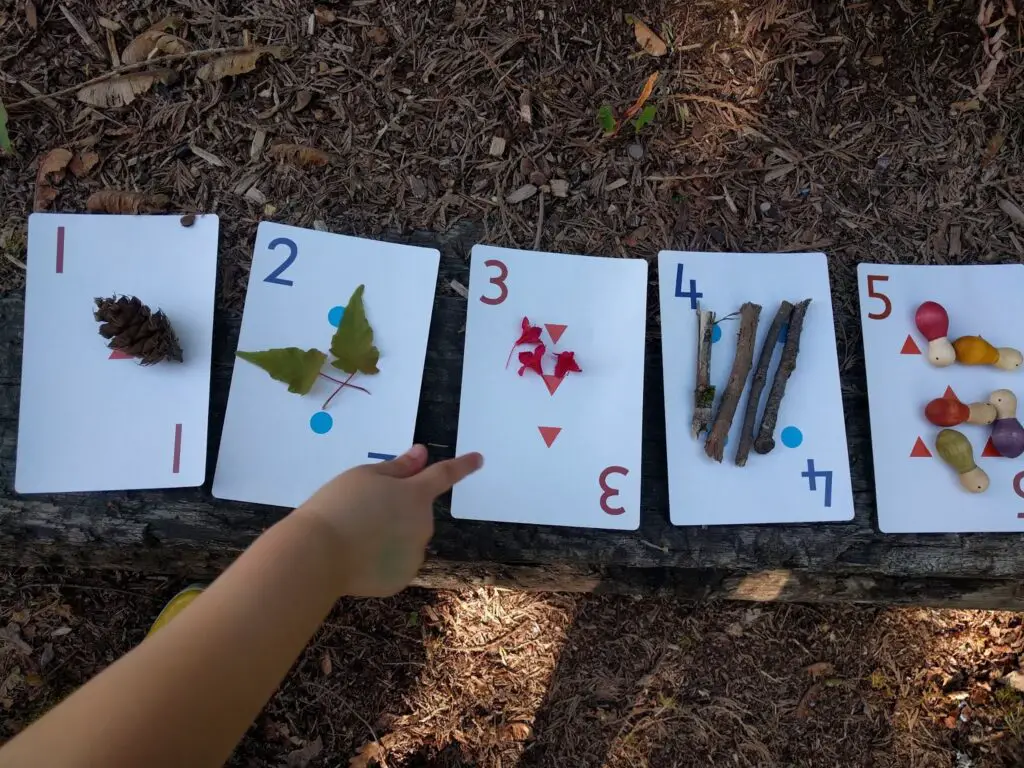
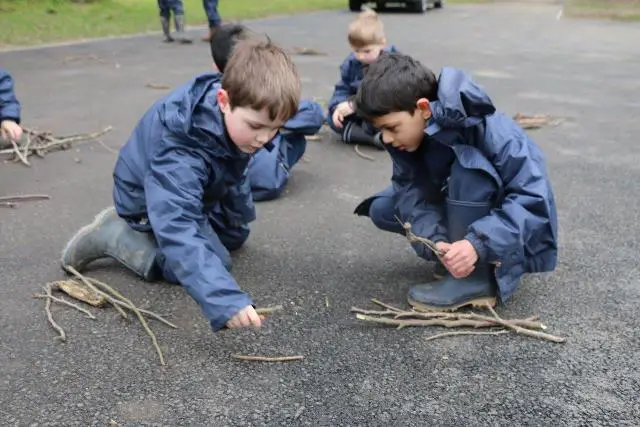
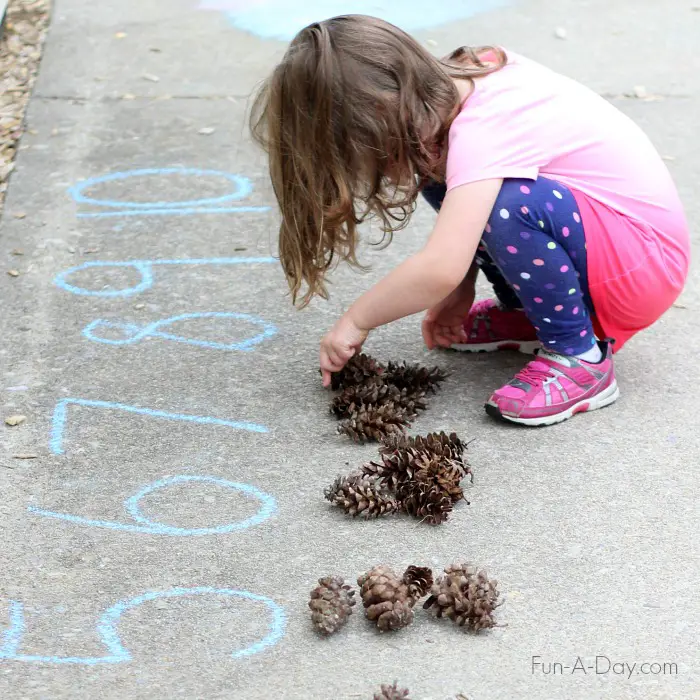
A sunny afternoon might be a prerequisite, but you don’t need much preparation for this activity:
- Chalk
- Child’s curiosity to search surroundings
You can also have friends over for the hunt, making the exercise more social. Kids will have an excellent time exchanging ideas about the possible items to choose for each number.
Read more about the original activity on handsonaswegrow.com.
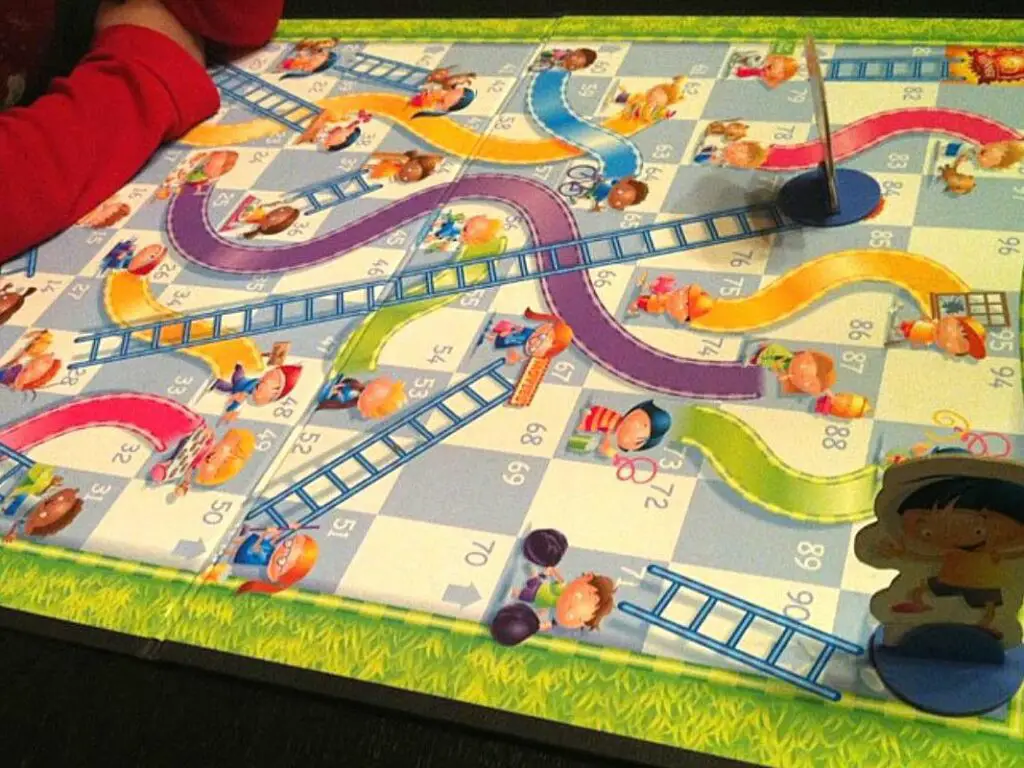
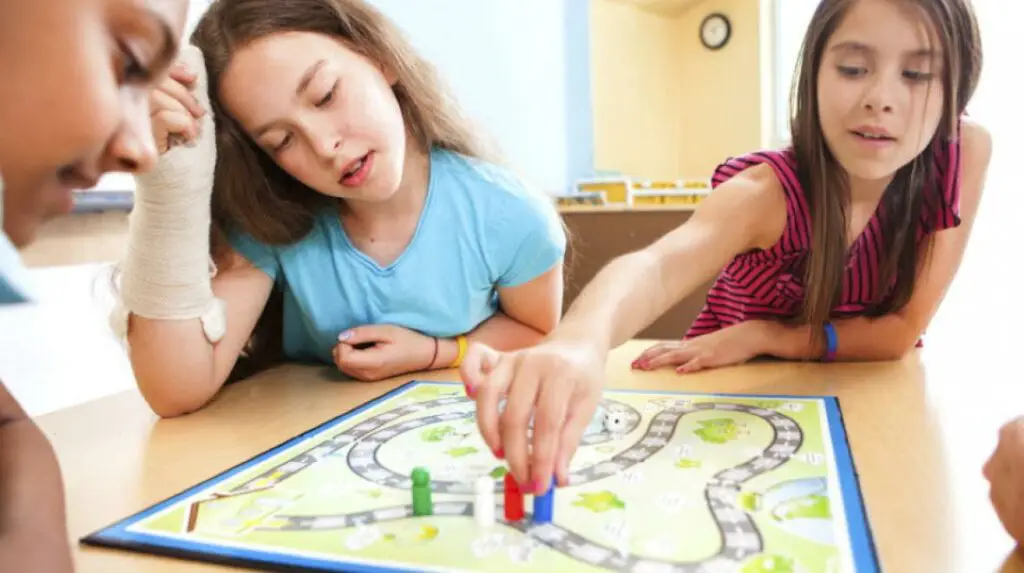
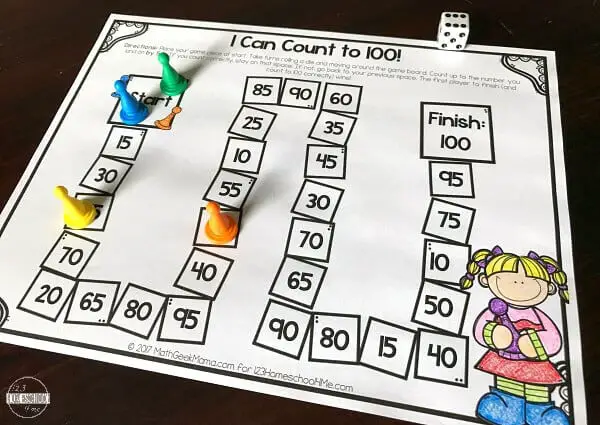
All you need here is to own the game kit, which isn’t expensive at all. It should contain:
- The printable
- Dice
- Playing figures
For more details on the game, visit parents.com
What Supplies Do You Need For These Activities?
Gamifying the study time for kids is an ideal option to get them to learn without realizing it. Some of the activities need a lot of prep work. Others are just as easy as drawing a board game out of the cupboard. Let’s see what you usually need to get your kids counting.
Manipulatives
Manipulatives are physical objects used during the teaching process as an aid. These are all types of tools like colored counters and blocks, counting sticks, cubes, and whatnot.
We’ve mentioned a few manipulatives in this article while going for a more hands-on approach with the colored beans and rocks. You can use anything as manipulatives, no matter ready-made or DIY.
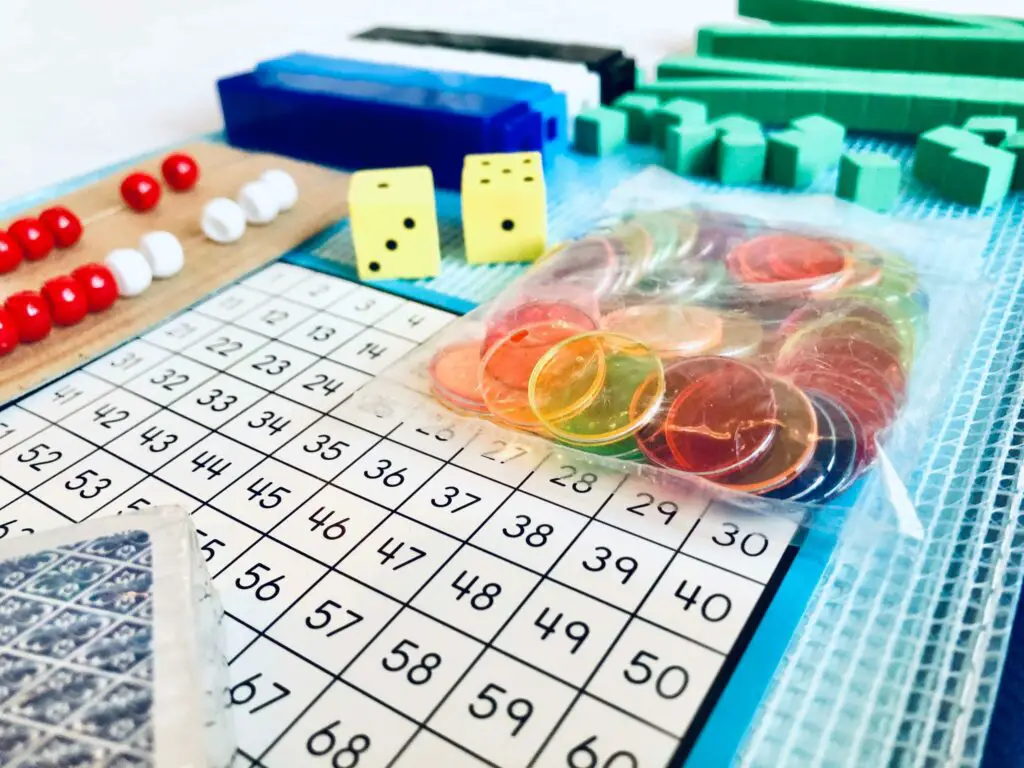
Game Kits and Printables
If you’re aiming for a specific counting board game like the Chutes and Ladders we mentioned above, you might need to buy the complete game kit with dice and figures.
However, it might be cheaper for you to find a printable online if you own the manipulatives. Just print and laminate it for more extended use. Putting together a printable yourself is also easy; plus, you’ll be getting it to the exact specifications you need.
Stationery
If you’re taking the DIY route in your activity, you might need some specific stationery to get the set ready for your kids. Having construction paper, scissors, colored markers, glue, and blank paper will help you in your endeavors.
Conclusion
Developing counting skills doesn’t have to be a struggle. Most of the mentioned activities are easy and fun to do; children won’t even know that you’re offering them a learning opportunity.
Still, these activities will help them develop numerous skills from math to social. They will also boost curiosity and creativity.
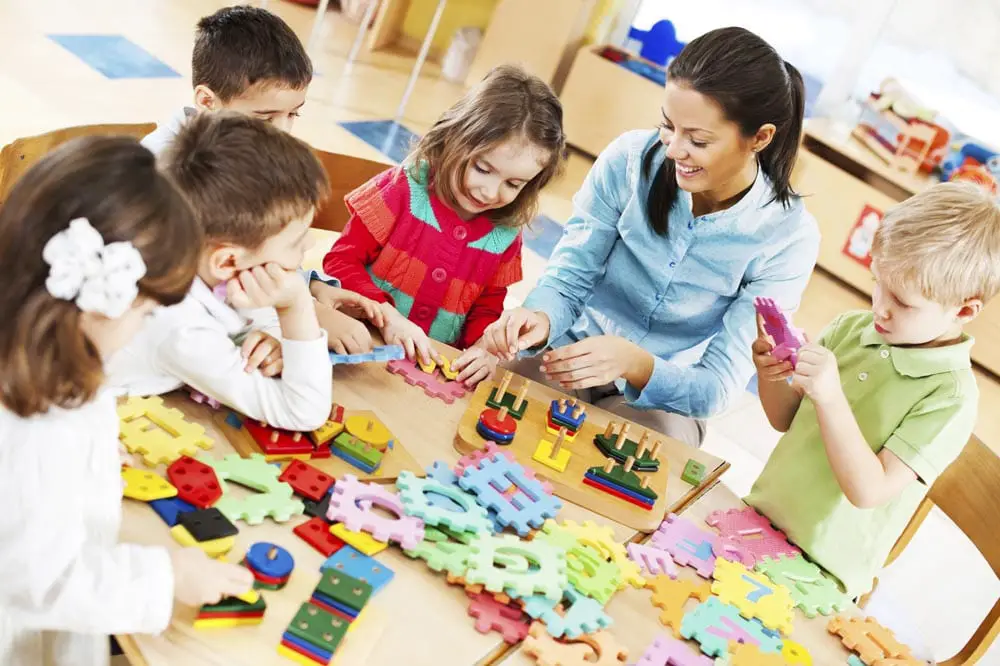
People Also Ask
Counting is a fundamental skill for every kindergartener, and games make it more fun to learn tricky concepts. Here are a few additional questions about counting in the early preschool years.
How Do You Make Counting Fun?
Making counting easy to learn should include a gamification component. If you integrate learning numbers into an everyday chore, a sensory activity, or an outright game, kids will look at it with more eagerness.
How High Should Kindergarteners Be Able To Count?
Counting to 30 is the general rule of thumb for a kindergarten graduate. Kids should be able to do it by one and by tens. Some teachers and parents also aim to help the child understand the concept of counting by fives.
How Do You Explain Backward Counting?
The child should understand that counting backward removes numbers from the original one. It’s important to master because it’s a basis for teaching subtraction later. Our described activities work similarly for backward counting.
How Do You Explain Skip Counting?
Once the child can count forward and backward, you can introduce skip-counting. Explain that with regular number strings. While you add one to get the following number, you should add two or higher for skip counting.
You can use games and methodologies to polish the concept perception.




